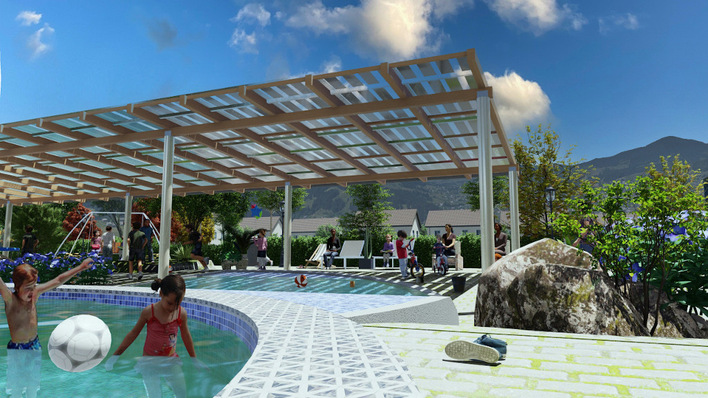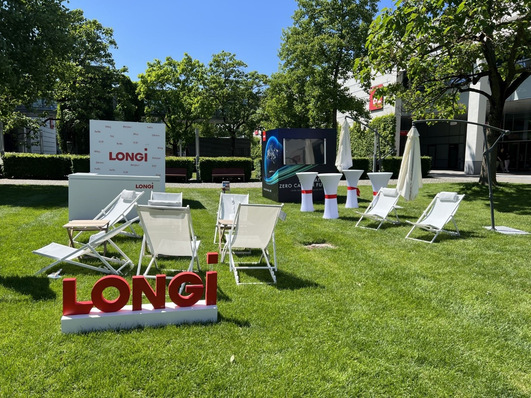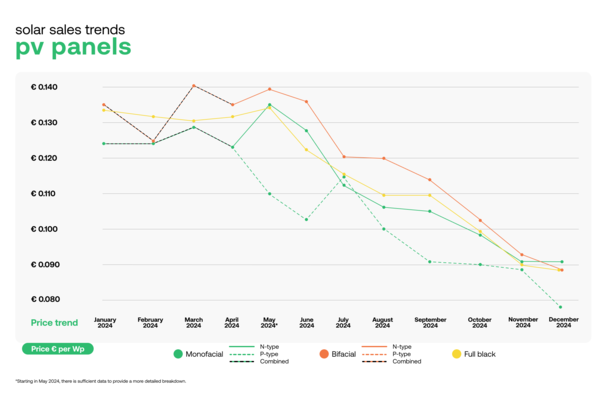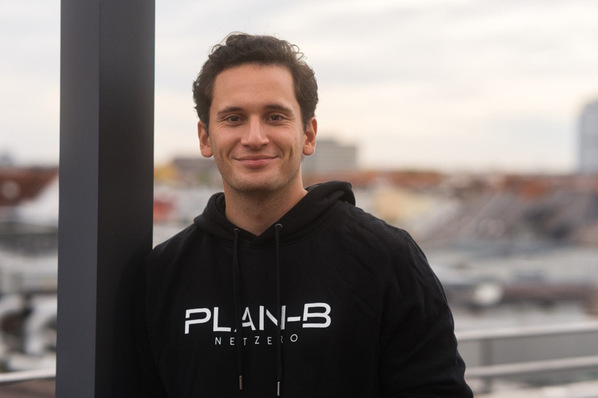These coatings offer anti-reflection properties and effectively prevent dust accumulation, which is crucial for maintaining efficiency over time.
Solitek's research is a collaboration with renewable energy institutes across Spain, Norway, Tunisia, and Morocco as part of the Horizon 2020 project SUPER PV. This collaboration focuses on using various advanced instruments and techniques, including power module-level power electronics, weather stations, and a range of sensors to monitor module performance under different climatic conditions.
Varied climatic testing and key findings
Solitek´s testing locations in Tunisia, Morocco, Norway, and Spain offer insights into module performance under varied conditions, such as Wet/Cold, Hot/Wet, and Hot/Dry. During the summer in Morocco and Tunisia, the air temperature fluctuates between 35 – 40 °C, meaning that the module temperature is often between 60-70 °C. Additionally, constant sandstorms, which leave most modules covered in layers of dust, contribute to further heating.
The conditions in Norway, unlike the hot climate in Morocco, affect solar modules differently, with higher rainfall and short sunny days negatively impacting electricity generation as lower temperatures would have a positive effect on solar modules if there were more daylight hours.
In short, Morocco experiences sandstorms and high temperatures, while Norway faces short days, low temperatures, and significant rainfall, all of which have different effects on module generation and degradation. The tests have revealed critical information, particularly the effectiveness of anti-soiling coatings in desert conditions, where they can increase electricity generation by up to 3.0%.
Nanocoating on Bifacial PV for Desert Climate.
As part of an EU Horizon project, Solitek collaborated with partners from Spain, Lurredera, and Tecnan, to test specific nanocoatings designed with hydrophilic and antireflection properties, indicating a low contact angle between water and the surface and increasing absorption of solar radiation. These coatings are easily applied using a simple and cost-effective spray coating method. The focus in this project was on coating Solitek Bifacial modules, and learning what would be the benefits of that.
HFL contributed to higher conversions in all demo sites
Simultaneously, the project addressed the HFL (hydrophobic, fluoropolymer, and low-surface-energy) approach for hot and dry weather conditions. Preliminary results revealed that the HFL treatment contributed to higher conversions in all demo sites. This can be attributed to the easy-to-clean properties of HFL coating, enhancing water contact with the surface, creating a curtain of water that displaces soiling to the panel's bottom, preventing drop formation during water evaporation. Additionally, the coating exerts electrostatic forces, preventing dry soiling deposits on the module's surface.
The coated modules underwent monitoring in Tunisia and Morocco demo sites, with a monitoring period exceeding 2 years for Tunisia and over 1 year for the Morocco demo sites.

Solitek
The findings indicate that these coatings increased the specific ratio, calculated by comparing identical PV modules with and without coatings. For the Tunisia demo site, there was about a 3% increase, while for Ouarzazate, it was approximately 1.5%. Notably, the Tunisia demo site unintentionally lacked access to a water point for cleaning maintenance and experienced frequent sandstorms. This unintentional lack of cleaning throughout the monitoring period proved to be the most effective way to display the dust-repelling property, resulting in a more significant increase in energy.
LCOE reduction based on the frequency of recoating
In terms of levelized cost of electricity (LCOE) reduction, the reduction based on the frequency of recoating during the modules' operational lifespan to renew the anti-soiling and anti-reflection coating effects. Analysing the current data from the Tunisia demo site, a reduction from 2.85% to 0.15% as the recoating frequency increased from 0 to 3 times, respectively was observed. The same principle applies to the Morocco demo site, where due to less monitoring data and a smaller specific ratio gain, a lower LCOE reduction was observed.
Also interesting: POE encapsulated PV modules particularly durable
Solitek continues to monitor modules with nanocoating to assess their lifetime, gather more accurate LCOE data, and carefully estimate preliminary operations and maintenance costs. The HFL approach for hot and dry weather conditions remains a focal point, given its positive impact on conversions in various demo sites. (hcn)








